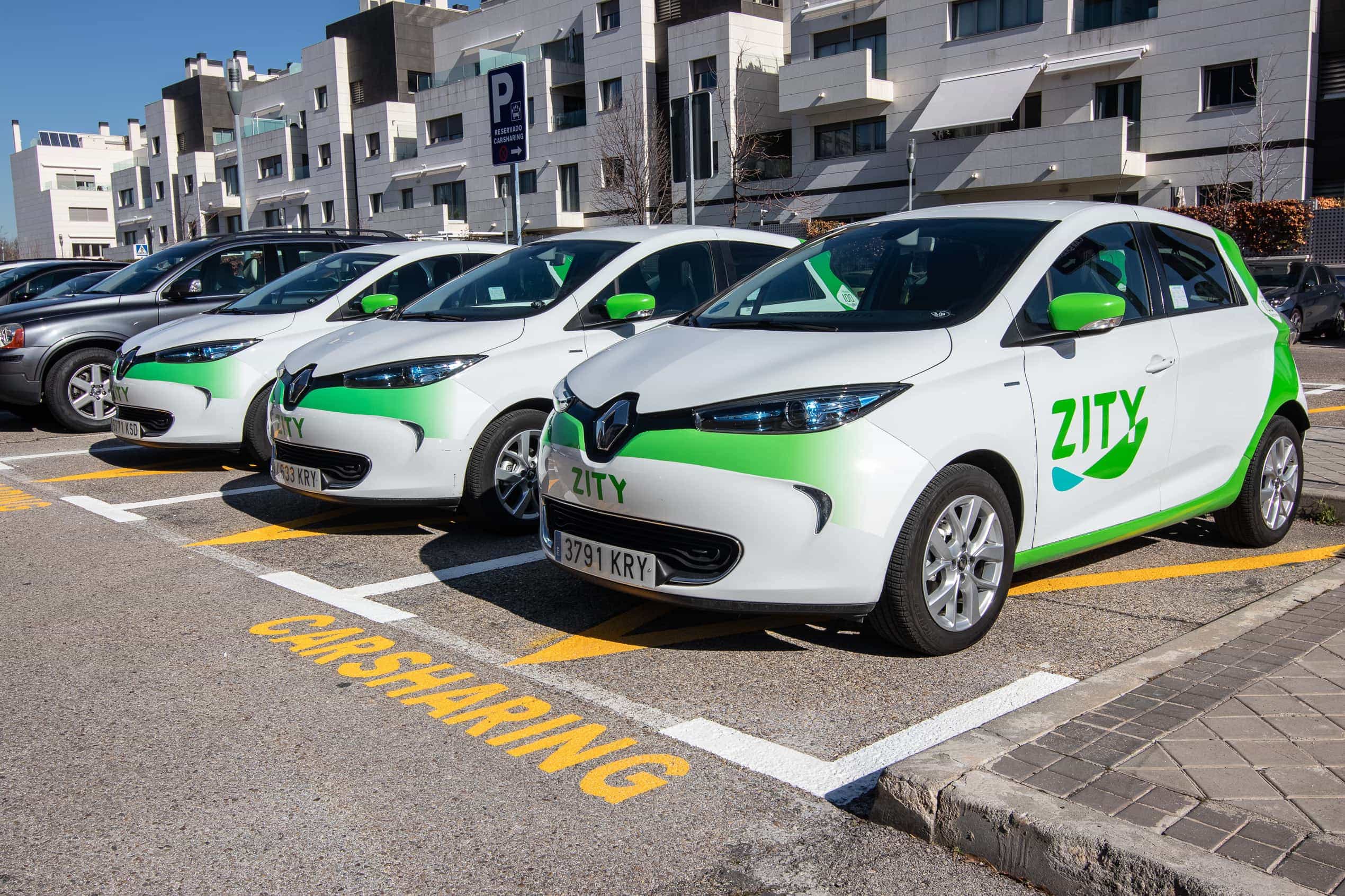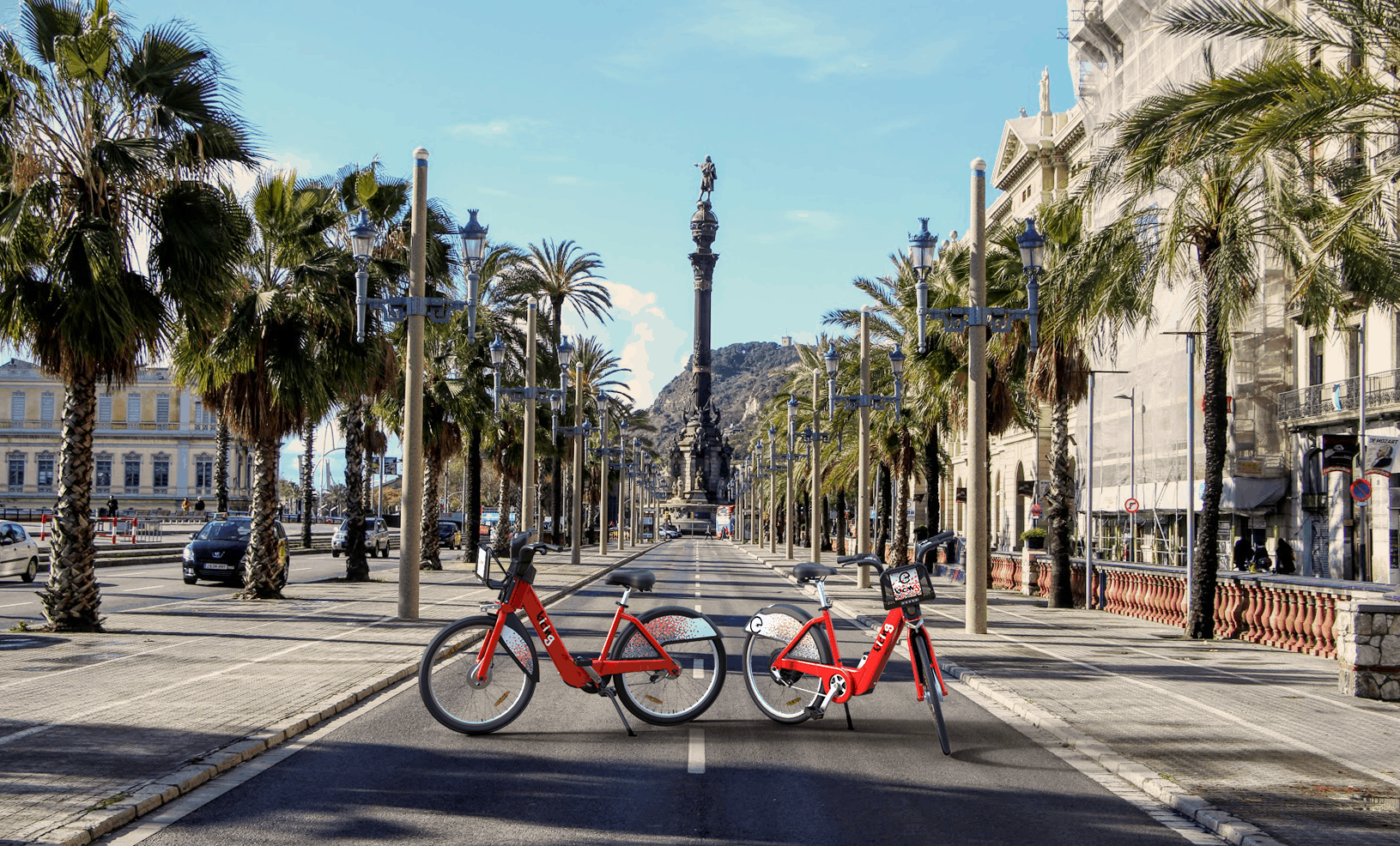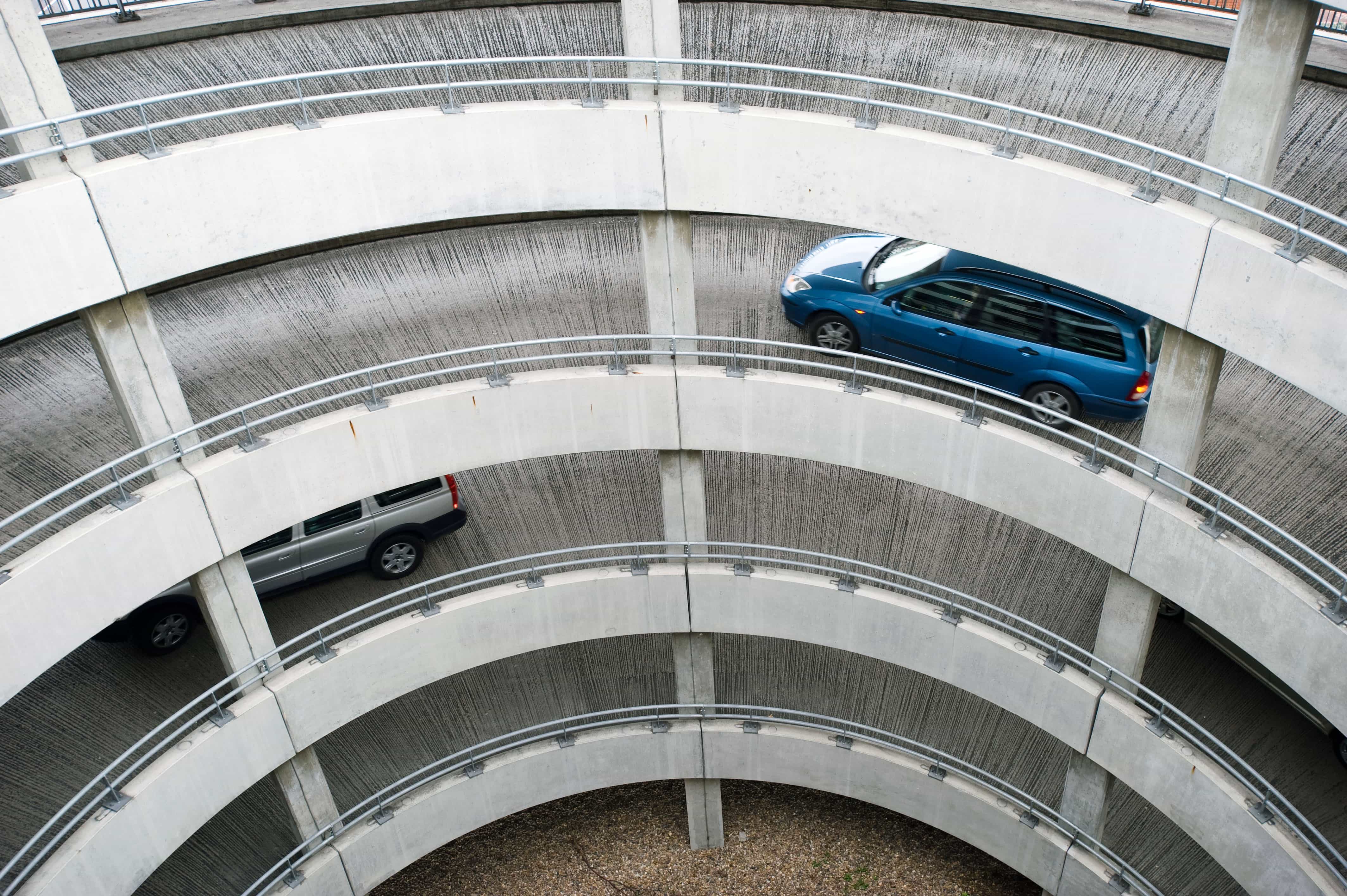Information and communication technologies are changing the way we move. Due to their experience and dynamism, infrastructure and services operators such as Ferrovial are positioning themselves to lead this process.
If you live in a large city, you will have been witness to how the way we move around it has changed. ‘Carsharing’, ‘bikesharing’, ‘ride-hailing’ are some of the terms that we have been incorporating into our everyday vocabulary and, even more importantly, our habits. Technology, especially the development that smart phones have experienced, has driven a new mobility model based on the principle that, to move around we do not need a product, but rather we need to hire a service. This is known as ‘Mobility as a Service’ (MaaS). Through our cell phones, we can know which means of transport we can use, hire them and pay for their use.
New services and challenges
One of the most illustrative examples of this concept is carsharing; a carsharing service in which the user pays depending on the time they use the vehicle. Ferrovial has been at the forefront of this business with the launching of ZITY in Madrid at the end of 2017. More than a year later it has a fleet of 650 electric vehicles, its app has been downloaded 180,000 times and it works in an area of more than 100 square kilometres, the largest area of all of the operators of these types of services.

Before ZITY or its competitors took to the streets, some city councils had launched bikesharing services. In Spain, the most important of these is ‘Bicing’ in Barcelona, which from January is managed by a consortium made up of Ferrovial Services and the Canadian company PBSC. At present it has 6,000 traditional bikes and 1,000 electric ones spread out over a network of 519 mixed stations.
Carsharing and bikesharing are joined by other transport options such as the new shared electric bike and scooter options and the renting of cars with drivers, such as Uber and Cabify (ride-hailing), without forgetting traditional methods such as taxis, buses, trams and subway. The increase in mobility options brings about the challenge of efficiently managing an increasingly more complex network.

In this task, as they are based on the use of cell phone applications, the new transport services can play a crucial role: they generate a large amount of data on users’ behavior and preferences, the analysis of which can be used to optimize existing mobility options or even generate new ones. Amey, for example, is developing a project to study the journeys of pedestrians from when they get off the train at Liverpool central station to when they reach their destination.
In the face of the challenge of facilitating citizens with integrated information about all the transport options available, platforms such as Wondo have appeared which provide users with different routes to get to their destination, combining various modes of transport.
Precisely, intermodality– meaning the possibility of combining different transport options in a single journey- is one of the criteria regarding how public administrations and private companies should structure their mobility proposals. Moreover, the growing environmental awareness, and specifically the legislation developing to improve air quality and limit polluting vehicles entering city centers, will leave their mark on mobility policies, which will promote the use of sustainable solutions (hybrid or electric cars, bicycles, scooters or walking). In this field, Ferrovial Services and the City Council of Barcelona have launched a project called “La última milla” (The Last Mile) which aims to reduce the traffic associated to the delivery of products acquired online in the city center. They are assessing the benefits of rolling out logistical micro-centers in the city so that the last mile of distance to deliver the package is made using a sustainable transport alternative.
The impact of new technology on congestion
The cheapening and universal access to cars is a consequence of the eruption of phenomena such as ride-hailing and MaaS and the mobility trends of new generations are worsening congestion and reducing the use of public transport. Everything points to this getting even worse with the arrival of autonomous vehicles on our roads and in our cities.
Previsions say that over the next decade models that reach an autonomy level 4 will appear, meaning that they will be able to work with external assistance if everyone respects the rules, and level 5- absolute autonomy. Their manufactures forecast that in the decade of the 30s, these cars will make up a majority market quota. As such, traffic circulating the roads would increase, just like with the congestion observed with the arrival of ride-hailing and carsharing, as autonomous vehicles provide the option of transporting users that for various reasons
(disability, lack of driving license, age) do not currently drive and others convinced by the possibility of investing travel time in other tasks.
Although it is still to be seen if these forecasts come true, what can be said is that autonomous vehicles will only work completely automatically when they circulate on road infrastructure with systems that guarantee the exchanging of data between vehicles (V2V) and from the vehicles to the road itself (V2I), ensuring driving without accidents.
This situation forces us to find solutions which improve the efficiency of the circulating traffic. It is in this field in which Cintra has become a leader, with the promotion of ‘managed lanes’ projects. The idea is simple: adding optional dynamic toll lanes, the price of which varies depending on the realtime traffic conditions, on congested urban motorways, rehabilitating and maintaining the pre-existing lanes without charge. This solution reduces congestion more efficiently than adding free lanes, and it does so minimizing the use of public resources.
‘Managed lanes’ reduce congestion more efficiently than adding free lanes, and they do so minimizing the use of public resources.
The universalization of the use of smart phones with IT applications and all kinds of data that is continuously generated opens up a huge field of possibilities to improve the efficiency of mobility, by better knowing users’ behavior and preferences, designing infrastructures with this aim. Why does a driver decide to use a toll road? What are the conditions when they do so? What is the profile of the driver that drives on the toll roads? Do the rush hours vary? Why? Responding to these questions by applying AI to the data, the transport offer can be immediately adapted to users’ needs and new services that are not yet available can be identified.
Train without rails?
A good part of the rail infrastructure, whether metros or inter-urban trains, was built decades ago. In London, passengers cram into stations created more than 100 years ago for a fraction of the traffic they cope with today. Network Rail, the British operator of rail infrastructure, calculates that it is necessary to invest 20,000 million pounds to adapt the country’s network to the new necessities.
The application of intelligent traffic management systems, of real time analysis and assistance of convoys and even the automation of driving enable efficiency to be increased in the management and operation of the network, with subsequent savings. The London Subway could increase its capacity by between 20% to 60% by implementing such measures. Furthermore, research is being undertaken which would affect the nature of railway infrastructure itself. The city of Zhuzhou in China is trying the world’s first train without rails. The train moves by following some small bumps on a special lane on the road, and this lane opens up to traffic when the train is not passing.
What will happen at airports?
When we are preparing a trip, one of the compulsory tasks is to figure out how we are going to get from the airport to the center of the city. Until now the offer was limited to five possibilities: train, subway, bus, taxi or vehicle. New mobility services have made that list longer. Many airports already have spaces for vehicles with drivers, such as Cabify or Uber and for carsharing vehicles like ZITY. If eventually the ‘mobility as a service’ model overtook owning vehicles, the large car parks as we know them today would not make sense and the spaces available for taxis and picking up passengers would have to be increased.

Mobility has also changed within airports. Since 2011, Pods have been operative at Heathrow Airport; these are driverless minibuses that take passengers from the car park to Terminal 5.
In short, the new means of mobility are already revolutionizing infrastructure, urban design and even our habits. Private companies, such as Ferrovial, will play an essential role in the adaptation process that we are experiencing. Thanks to their dynamism and experience they can provide solutions and facilitate public sector work.






